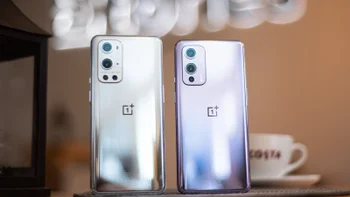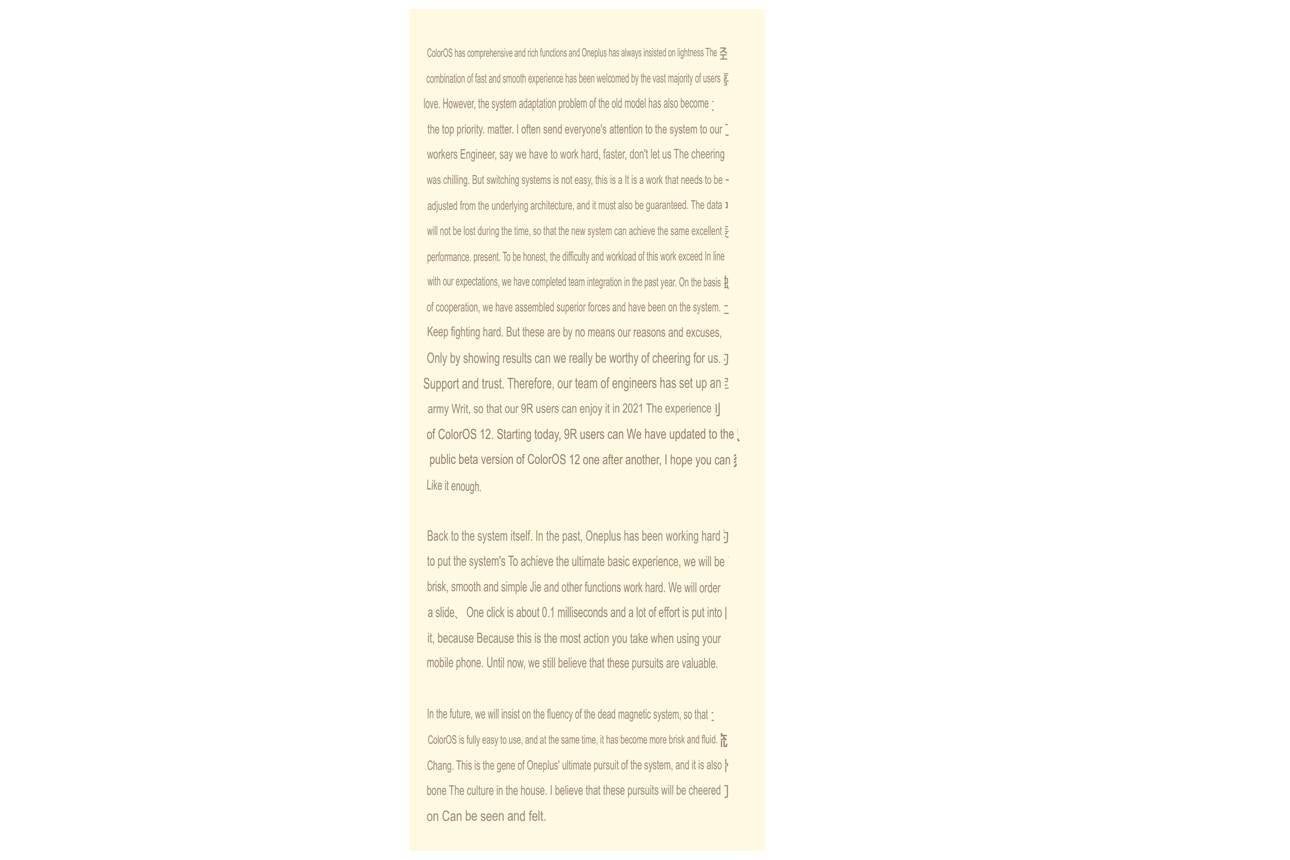OnePlus addresses users disappointed by ColorOS

OnePlus has merged operations with sister company Oppo and although the two maintain separate branding, their new phones no longer ship with distinctly different Android skins. This has led to a buggy experience for OnePlus users and the company CEO and co-founder Pete Lau addressed these concerns recently in a Weibo post (via Gizmochina).
OnePlus and Oppo merged their hardware R&D teams earlier this year and soon after in March, OnePlus shipped the OnePlus 9 with Oppo’s ColorOS software in China, instead of HydrogenOS, its China-specific Android skin. In September, it was formally announced that Oppo’s ColorOS and OnePlus’ global Android platform OxygenOS were being merged.
The idea was to create a platform that was fast, smooth, clean, and lightweight like OxygenOS, and reliable, smart, and feature-rich like ColorOS. In October, Android 12-based ColorOS 12 was launched and in early December, OnePlus 9 owners got the OxygenOS 12 update. The update was not just buggy, it also had more elements of ColorOS than OxygenOS, something that did not sit well with OnePlus users. The update was momentarily halted to fix the bugs.
There were speculations that the codebase integration was behind the problems and Pete Lau has now acknowledged that upgrading older OnePlus devices to the new unified platform is not that straightforward and has resulted in system-related issues.

A machine translated excerpt from OnePlus' CEO's post about ColorOS
He has assured fans that company engineers are hard at work to ensure a smooth and snappy experience.
Lau also said that he will be able to use Oneplus 10 Pro soon, which is further indication that the phone is ready to hit the shelves. The company has already confirmed that the OnePlus 10 series will be unveiled in January. The rumored fresh design, beefy battery, and support for blazing-fast charging can help the phones outshine the current best Android phones.













Things that are NOT allowed: